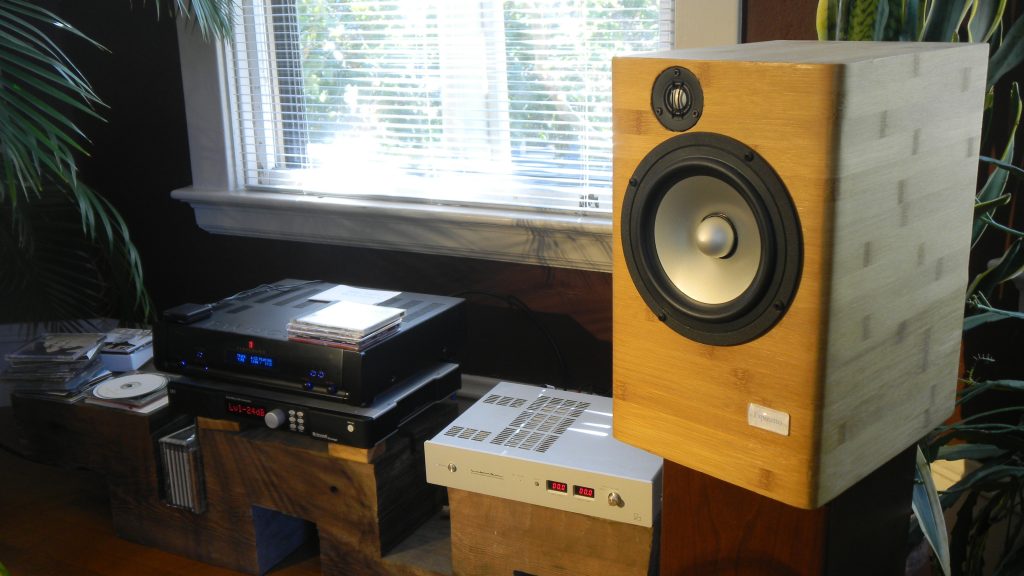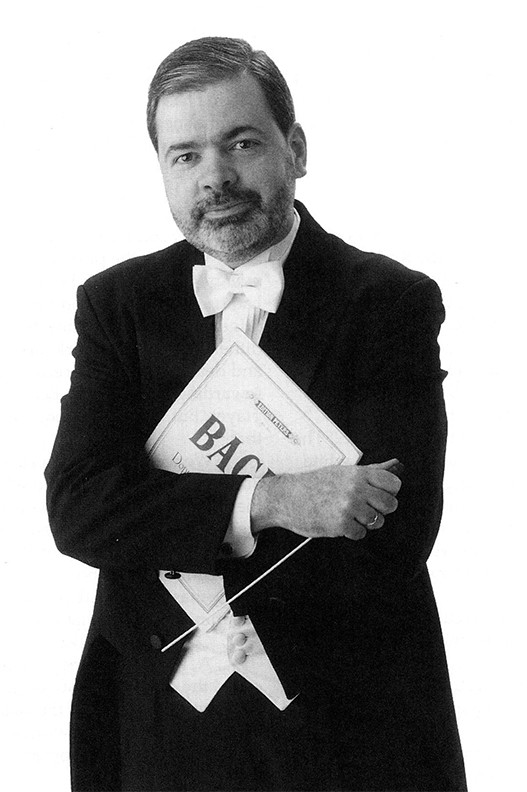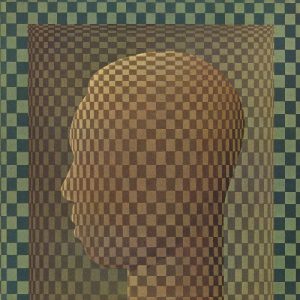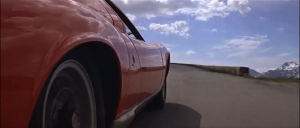Open Goldberg Variations, Werner Schweer, editor.
Listening to "happy" music can make one feel happier. However, instead of always making people feel worse, listening to sad music often brings on a state of "paradoxical pleasure."
I am not saying that listening to sad music in and of itself makes people happier, what I am saying is that listening to sad music can evoke a sequence of very complex emotions. Furthermore, many people regard experiencing that kind of a cascade of metamorphosing emotions as "pleasurable." (Or perhaps, just as a relief.)
The somewhat waffle-like language employed above is in recognition of the fact that many people experience the same music in different ways. By the way, the sequence of emotions Shock/Disbelief/Anger/Despair formerly was called The Four Stages of Saab Ownership. "What do you mean, my engine's harmonic balancer was held on with glue?"
I think whether the precise emotional mechanism (and what a silly word "mechanism" is to use, in this context) is transference or catharsis or a feeling of empathy will just have to remain a mystery of the human soul. But from the earliest times, serious thinkers (from Aristotle to Schopenhauer) have always recognized that the power of sad music (and also of literature and drama) does not lie in its merely making people feel sadder than they had been.
A recent BBC Culture article asks whether data diving can "reveal" the "Saddest Number One Song Ever." I think that that article itself reveals the multiple, perhaps even fatal, limitations of such an approach.
If I had to pick one song known to me as the saddest ever (which avoids the major problems associated with judging the quality and the qualities of songs by things like Billboard charts or Grammys), that would be the "Aria" from the Goldberg Variations. The Goldberg Variations might not have words, but right at the top of the score it says "Song" (albeit in Italian).
Song samples and more pondering will be found below.
Glenn Gould, J.S. Bach Goldberg Variations, Aria 1 (1981 recording)(complete)
To give a very elementary musical analysis, the Aria is in slow 3/4 time—what we would now call Waltz time, except for the fact that the couples' dance called the Waltz, as we know it, started to become popular only in the period 1750-1770; while the Variations were first published in 1741. (Initial reactions were that the dance was scandalous.) Boris Goldovsky once told me that the Waltz became popular only because technological innovations had made leather shoes with sewn-on (rather than nailed-on) soles more affordable, and so were no longer just for the very wealthy. The relevance is that leather shoes with sewn-on soles were the sine qua non of the sliding step that characterized the Waltz (at least if you did not want to leave large gouges in the dance floor).
The Goldbergs Aria's melody starts with two high Gs. After briefly inching upward to A and B, the melody descends stepwise to two Gs an octave below (measure 3). Then, after making one upward gesture to A, the melody again descends to D above Middle C (measure 4). That's pretty much all a downer, so to speak. Starting with measure 5, the foregoing is essentially repeated, except with a starting point of the D that is one octave above the resting place at the end of the previous measure, which is three tones below the starting Gs of measure 1.
However, in the bass part, from the beginning each successive measure enacts upward motion through the staggered entrances of a dotted half-note (three beats), a half note (two beats), and a quarter note (one beat). What is happening here is dramatic tension, created by a melody and a bass line that appear to be at cross purposes to each other. That dramatic tension is dynamic enough to sustain 30 variations. The Aria itself runs for 32 bars, so the 30 variations, plus the first and last iterations of the Aria, add up to another instance of the number 32; but as far as I am concerned, the hounds can chase that one over the hills.
The above Aria-1 sound byte is from the remastered three-CD retrospective A State of Wonder. That CD slipcased set combines remasterings of Glenn Gould's 1955 and 1981 Goldbergs with an "extras" disc. I bought the CBS digitally-mastered Gould 1981 Goldbergs LP when it first came out, and I followed with great interest the digital-format releases. Having been disappointed by the SACD release (which disappointment I revealed in my former column in Stereophile magazine), I was heartened to see Sony Classical Legacy release (at a real bargain price) a three-CD set wherein Gould's 1981 recording was mastered from the analog backup tapes, which I must say, sound better than the Red-Book-Quality digital masters as they were fecklessly format-converted to DSD for the SACD; and to what end? Way to go, guys. Sigh.
Here in the twilight of the physical media, A State of Wonder can be had for the non-Princely sum of $13.05 via Amazon; and with Amazon Prime, you get access to a streaming copy as well (I gather, minus the extras, which are an interview and some out-takes). I think that both of Gould's Goldbergs are rather necessary for Cultural Literacy in Music. So please just buy A State of Wonder.
If you already have one or a few Goldbergs: scanning the various in-print offerings (Arkivmusic lists 215 in-print CD, SACD, or DVD versions), the ones I'd say are very safe bets are: Simone Dinnerstein; Richard Egarr; Vladimir Feltsman; Igor Levitt; and Sergey Schepkin. (Egarr plays a harpsichord tuned to A = 409Hz; the Feltsman and Schepkin piano discs are reissues of older recordings but in fine modern sound; and Levitt's Goldbergs come in a set with piano-variations works by Beethoven and Rzewski.)
But the surprise top recommendation, at least in the sense of, "if you have not heard this, you must hear this," goes to Beatrice Rana (b. 1993). Her official site is here. And here's a brief video:
So many wonderful things going on at once! Flow, pacing, embellishment, tone, architecture–it's all there. Brava!
So, now that you are all Goldbergs'ed up: on to my problems with the BBC's data diving for music.
Credit: Miriam Quick. Data source: Spotify, extracted using spotifyr.
1080 tracks that reached Number One on Billboard Hot 100, July 1958 to April 2018.
I have three major problems with the methodology employed. First, the inquiry was limited to Billboard Hot-100-chart Number Ones. Songs that peaked at No. 4 or No. 2 were not considered. Secondly, the characterization of whether a song was "sad" or otherwise depended upon a metric assigned to the song by Spotify, and how that worked has not been fully revealed. Thirdly, the machine intelligence that sorted through the more than 1,000 songs that have reached number one over the last 60 years (apparently, reportedly) disregarded the lyrics. Just think about that!
Billboard's Hot 100 chart presents a snapshot with a shutter speed of one week—another example of the "Tyranny of the New" that in my opinion has always bedeviled the music business and music journalism. A single that gets to No. 1 might be grabby as all get-out, but it might also not wear well. Shooting stars and flashes in the pan have a way of wearing out their welcomes. Whereas the "Always a Bridesmaid But Never a Bride" single that hangs in the Top 10 for months might actually sell more records over the course of a year.
I can think of no better examples of what I am talking about than the facts that in 1972, Melanie Safka's abominable and detestable "Brand New Key" (the "Roller-Skate Song") spent two weeks in the number one position, while Eric Clapton's band Derek and the Dominoes' single "Layla" spent one week in the Top Ten—down in the No. 10 position. I think that that tells you all you need to know about the usefulness of Billboard's Top 100 Number One as anything but a snapshot of one week in a turbulent, and not always well-informed, marketplace.
To let the cat out of the bag, the BBC data dive (which is extremely dependent upon a non-transparent Spotify algorithm) came up with the result that the saddest No. 1 record ever was Roberta Flack's version of Ewan MacColl's "The First Time Ever I Saw Your Face." Flack's "The First Time Ever…" was the top single of 1972 and also bagged the Grammys for Record of the Year and Song of the Year. Its 11-week hangtime in the Top Ten was matched in 1972 only by Gilbert O'Sullivan's "Alone Again, Naturally." So I cannot claim that it was a shooting star or a flash in the pan.
What I can claim is that by disregarding songs that did not reach No. 1, the data dive ignored all the songs of Joni Mitchell, and ignored poignant songs from Linda Ronstadt's "Long Long Time" (peaking at No. 25 in 1970) to Gordon Lightfoot's "If You Could Read My Mind" (peaking at No. 5 in 1971) to David Gray's "This Year's Love" (the single failed to chart in the US; the album charted at No. 35 in 2001) to Roberta Flack's cover of Janis Ian's "Jesse" (peaking at No. 30 in 1973), which I think is a substantially sadder song than "The First Time Ever I Saw Your Face." I also think that Ms. Ian's "Jesse" is simply on a higher level of songwriting than "The First Time Ever I Saw Your Face." Either refresh your memory or have a listen:
I think that if I had to choose a song-with-lyrics as the saddest ever, it would be a dead heat between "Jesse" and Don McLean's "Vincent" (which peaked at No. 12 in 1973).
Well, enough from me. If you have any nominations for the Saddest Song Ever (classical, popular, or jazz) please share them in the Comments section.





































